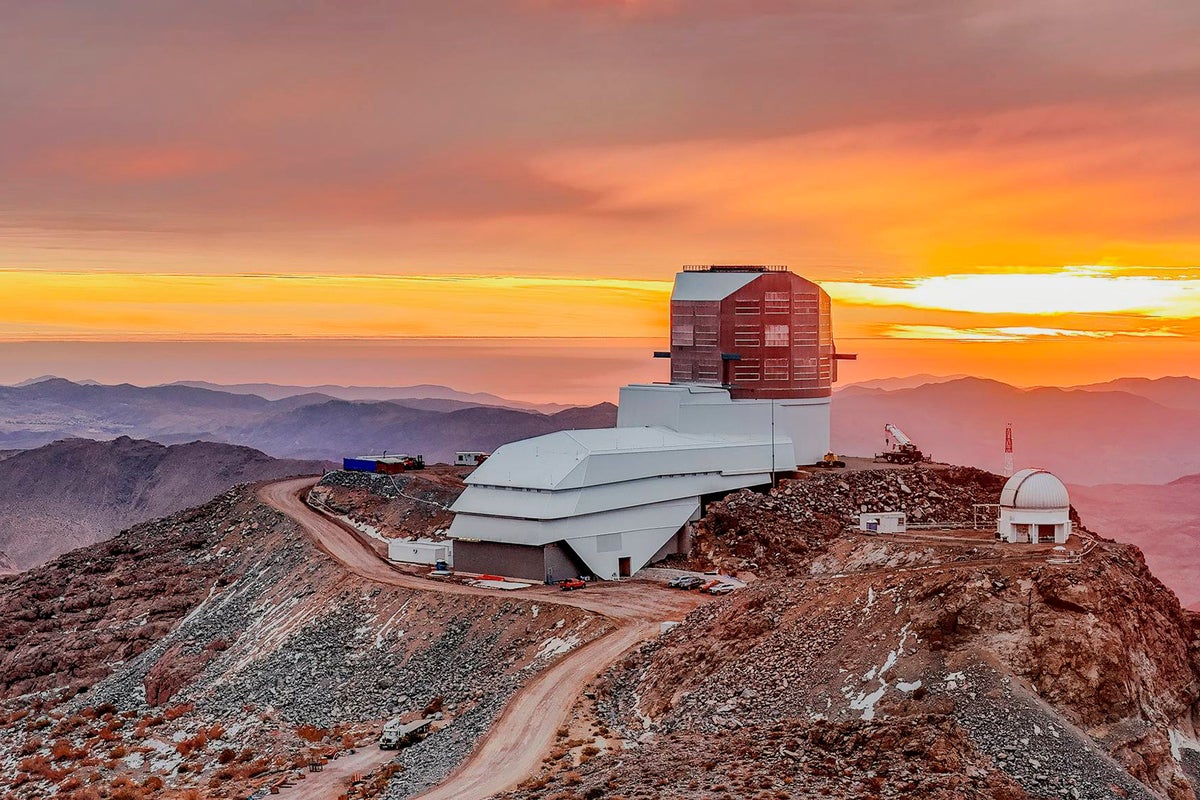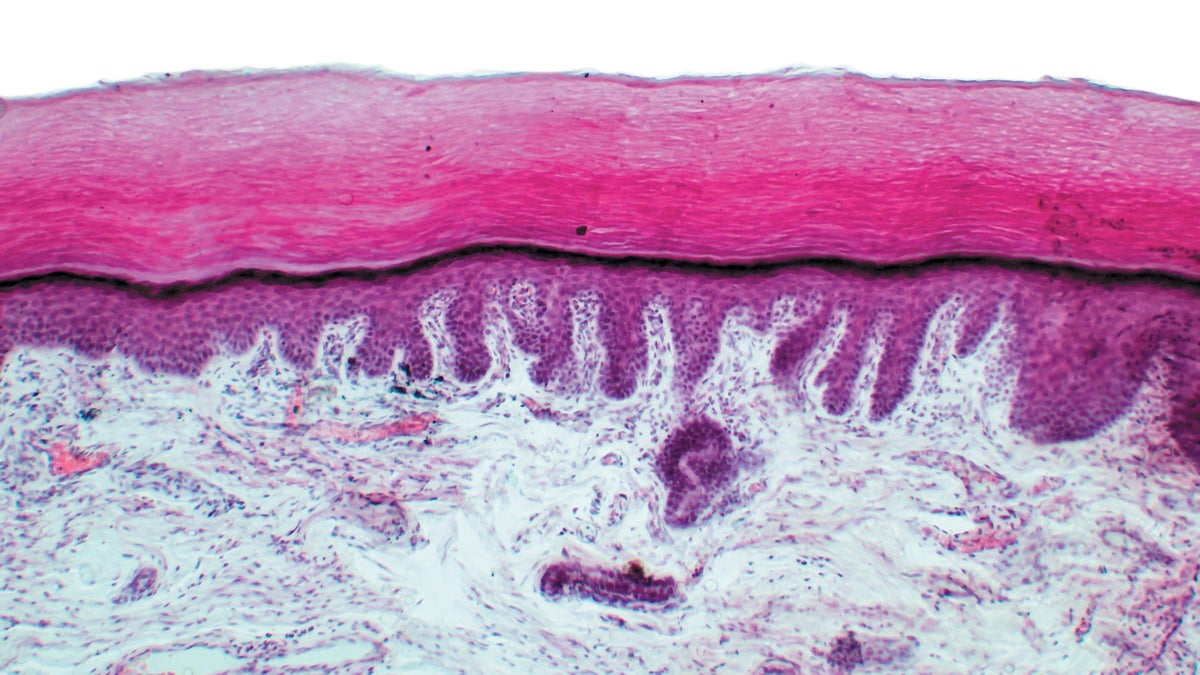Now Reading: Vera Rubin Observatory Set to Revolutionize Astronomy
1
-
01
Vera Rubin Observatory Set to Revolutionize Astronomy
Vera Rubin Observatory Set to Revolutionize Astronomy

Speedy Summary
- The Vera C. Rubin observatory, named after astronomer Vera Rubin, is nearing operational readiness atop Cerro Pachón in the Chilean Andes.
- Featuring the largest camera in astronomical history and a unique three-mirror optical design, it aims to comprehensively survey visible light astronomy for 10 years.
- The telescope will capture an entire map of the Southern HemisphereS sky every three days,collecting 20 terabytes of data nightly-far exceeding capacity of previous observatories like James Webb Telescope.
- This massive dataset will be used to study a wide range of phenomena: dark matter distribution, Earth-grazing asteroids, galaxy formation mechanisms, type Ia supernovae crucial for measuring cosmic expansion rates and more.
- Rubin Observatory is expected to double humanity’s collective astronomical data within its first year of operation. Engineers meticulously tested systems before scientists begin observations from June onward.
- Early findings from camera images are scheduled shared publicly June 23 designed expand scientific knowledge via curiosity-project research purpose
Indian Opinion Analysis .
As India ‘s joins known interstellar community axis summarized Data-centered exploration model governing ubiquitous collaboration.builders shaping atleast frontera fundamental curiousitive ponder rich intersections
Stay Informed With the Latest & Most Important News
Previous Post
Next Post
Loading Next Post...



























